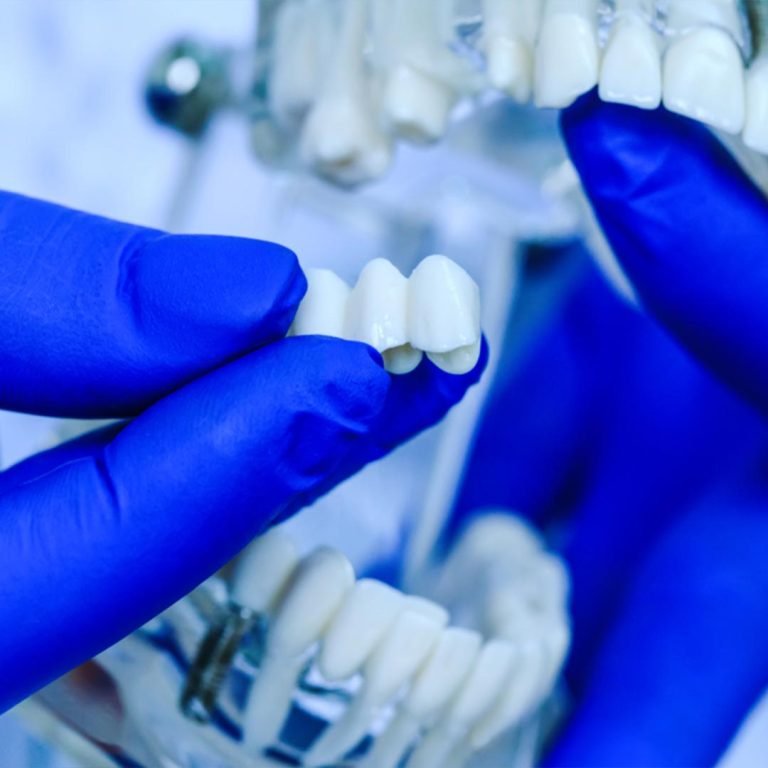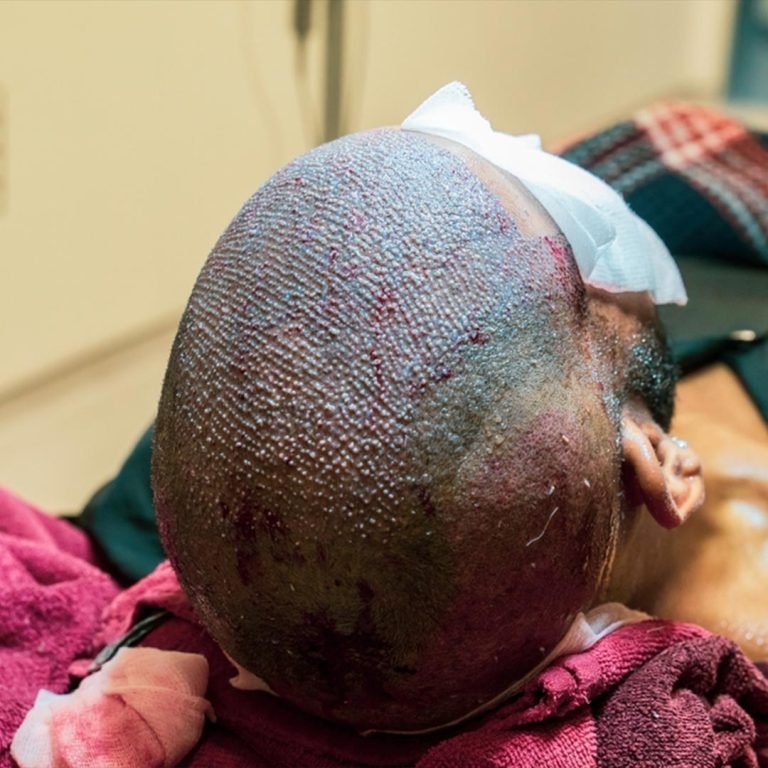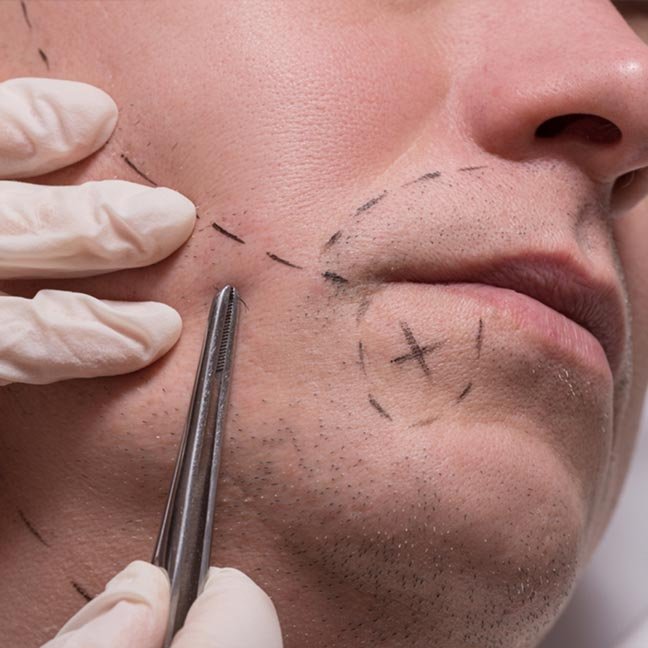Women’s Hair Transplant
- Length of stay in hospital
1 Day
- Operation Duration
4-6 Hours
- Anesthesia
- Recovery duration
6-7 Days
- Average length of stay
3 Day
What Is Female Hair Transplant Surgery ?
A female hair transplant procedure is a surgical option to help fight the effects of hair loss and thinning hair. The FUE hair transplant procedure looks to take individual hair follicles from the back and sides of a woman’s head and implant them into the affected area (recipient site).
Most female hair transplants we offer look to tackle the female pattern hair loss that occurs in the mid-parting line
Although predominantly used to treat female pattern hair loss, hair transplants can also be offered to women who would like a hairline hair transplant, an eyebrow transplant, or a hair transplant for scar repair.
Unlike other hair loss treatments, hair transplants are the only method that is able to restore hair growth in areas where hair has previously been unable to grow. Whilst a female hair transplant is not a cure, it is a fantastic long-term solution for those suffering with pattern baldness.
How Do Hair Transplants Work ?
Before your surgery, your surgeon will give you a small amount local anaesthetic. This will help numb any pain during the procedure.
At the beginning of the procedure, the lead surgeon extract follicular units from the donor area in natural groups of 1-4 (this is called a hair graft). These grafts, or follicular units, are circled by a tiny 1mm punch enabling an accurate and precise incision to be made.
The follicular unit is then grasped gently and pulled away from the loose connective tissue that surrounds the unit under the skin. This process is then repeated numerous times until the correct number of donor grafts have been extracted.
Once the hair grafts have been extracted and checked, the donor hairs are then implanted into the recipient area (usually the mid-parting in women) one by one. This process is then repeated over and over again as desired.
As patients are left with tiny 0.8mm – 1mm scars from follicle extraction, as opposed to other hair surgery treatments which make larger incisions, the FUE recovery time is usually between 7-10 days.
Before your surgery, your surgeon will give you a small amount local anaesthetic. This will help numb any pain during the procedure.
At the beginning of the procedure, the lead surgeon extract follicular units from the donor area in natural groups of 1-4 (this is called a hair graft). These grafts, or follicular units, are circled by a tiny 1mm punch enabling an accurate and precise incision to be made.
The follicular unit is then grasped gently and pulled away from the loose connective tissue that surrounds the unit under the skin. This process is then repeated numerous times until the correct number of donor grafts have been extracted.
Once the hair grafts have been extracted and checked, the donor hairs are then implanted into the recipient area (usually the mid-parting in women) one by one. This process is then repeated over and over again as desired.
As patients are left with tiny 0.8mm – 1mm scars from follicle extraction, as opposed to other hair surgery treatments which make larger incisions, the FUE recovery time is usually between 7-10 days.






